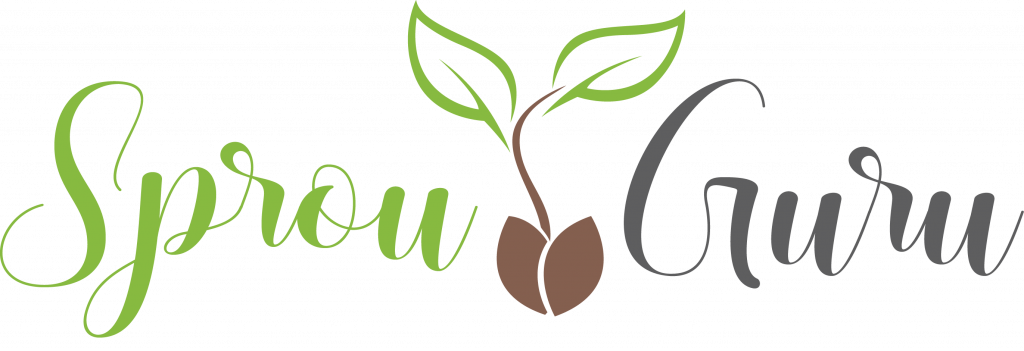About
Lady Beetles, commonly known as Ladybugs, are voracious predators of the Aphid. These insects are disastrous for your garden. If they’re left to run amok, their numbers will quickly build and do irreparable damage to lettuce and several other plants. Luckily for us, the Ladybug population tends to match with the number of Aphids in the area. Both adults and larvae are voracious eaters, so be sure to leave the small spiny orange and black bugs alone as these are the larval form of Ladybugs.Attraction
Attracting Lady Beetles to the garden is as simple as having a tolerance for a minor Aphid infestation. Sooner or later, the ladybugs will find them and swarm the area to destroy the pests. Buckwheat Flowers is another option for attracting Ladybugs, as well as having a diverse population of plants, trees, shrubs, and flowers in your yard.
About
Bumblebees are found all over North America and are generally peaceful, hard-working, and vital pollinators. Often mistaken for Honey Bees, the Bumblees have many different traits including, colony size, body size, and tongue length. Living in a smaller colony of 50-400 bees makes them nearly immune to Colony Collapse Disorder (CCD). They’re very good at pollinating and use the shaking method. They shake the flower to release pollen into the wind and to nearby plants.Attraction
Attracting Bumblebees is as simple as planting Clover, Sunflowers, Asters, Tomatoes, or Mint. The trick to keeping a good population of Bumblebees in the area is to have plants and flowers in bloom all year long. Consider planting Hellebore in the Spring and Dahlias through the Fall.
About
Syrphid Flies, commonly known as Flower Flies, Hover Flies, or Sweat Bees, aren’t actually bees. People tend to fear these flies because they share the stripes of a bee and fear being stung, which Syrphid Flies can’t do. The males hover all day sipping nectar and pollinating, while the females lay eggs on the leaves near colonies of Aphids. The tiny 1cm larvae consume Scales, Thrips, Mites, and Aphids, up to hundreds a month.Attraction
Attracting Syrphid Flies is as easy as planting one of my favourite flowers, Sweet Alyssum. However, Cilantro Flowers, Buckwheat Flowers, Yarrow, Catmint, almost any blooming plant will attract them, but nowhere near as well as Sweet Alyssum.
About
Lacewings look like something straight from a horror movie but are the best insects for general pest management. You probably won’t notice them much during the day but will see adults flying around your lights at night. Adults seldom feed on prey but mostly pollen, nectar, and honeydew, leaving the larvae to do most of the work. Lacewing young are referred to as Aphid Lions due to their ravenous appetite. They feed on Mites, Thrips, Mealybugs, Whiteflies, and even Caterpillars but prefer Aphids.Attraction
Attracting Lacewings is as simple as planting flowers that produce large amounts and easy access to nectar. In your garden, the best things to grow include members of the Carrot and Sunflower families. If you’ve already got an Aphid infestation, try spraying the plants with a Honeydew solution to increase visits by Lacewings and Lady Beetles.
Honeydew Solution is 1 Tablespoon of Sugar in a Cup of Water.
About
Tachinid Flies are one of the most numerous insects in North America, with over 1300 species. They’re most effective against Japanese Beetles, Squash Bugs, Sawfly Larvae, and several types of Caterpillar. Most lay their eggs on leaves to be eaten by bugs and caterpillars, while others position them directly onto or into the host. Either way, the result is maggots that develop inside the host and eventually kill it. You’ll know you have flies protecting your garden if you find insects with white, oblong eggs on their heads or backs.
Attraction
Attracting Tachinid Flies using the same method you would with Lacewings. Plant Carrot or Sunflower families and even Mint as they feed primarily on nectar and pollen. Be sure your yard has a diverse planting of flowers and herbs to help support the population. Aphids are another favourite of the Tachinid Flies, so consider planting Nasturtium to attract them to your yard as well.
Hopefully, this short guide to Beneficial Insects has made you realize not all bugs are your enemy. Even those who look scary or seem like they may sting can do a lot more good than they ever will harm. Happy Gardening with your Beneficial Insects!
Click Here to Return to the Main Page
